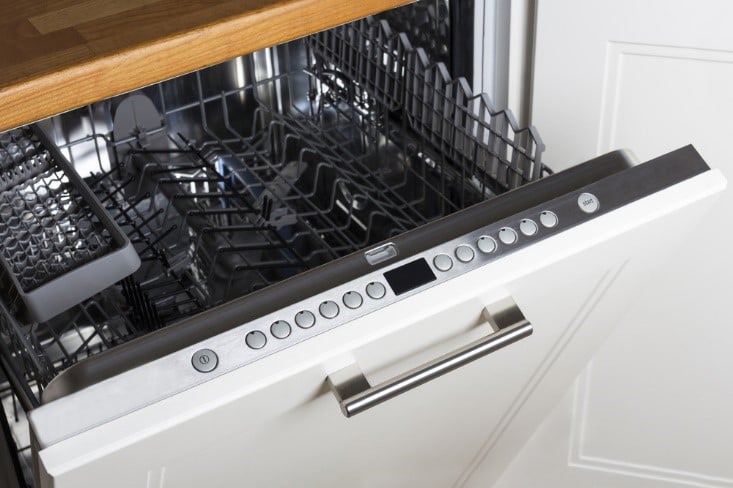1. Buy only what you need. When you run out of your favorite fruits and veggies, head to the store and restock. At home, keep an eye out for the fastest-spoiling foods, like artichokes, bananas, cherries, corn, green beans, mushrooms, and strawberries. Be sure to eat them first.
Quick Tricks
Kitchendaily.com suggests wrapping bananas with plastic wrap at their stems to slow the ripening process. Also, add an apple to potatoes bagged in mesh to keep them from sprouting.
2. Shop strategically. While most grocery store entrances lead right into the produce department, you should make it your last stop, not your first. By the time you trek around the entire store, foods like berries and broccoli can already start to deteriorate.
3. Don’t store fruits and vegetables together. Many fruits give off high levels of ethylene gas, and vegetables are sensitive to it. Putting the two together can make veggies spoil faster. Some gas-releasing fruits that should be refrigerated apart from veggies are apples, cantaloupe, honeydew and apricots.
 via Shutterstock
via Shutterstock
4. Not everything should go in the fridge. Potatoes, onions, garlic and squash don’t need to be refrigerated. As long as you keep them in a cool, dark place, like a pantry or your basement, they should last for weeks.
5. Always store tomatoes at room temperature. Turn them stem-side down on your countertop and keep them out of the sun and away from the stove.

 via Shutterstock
via Shutterstock

